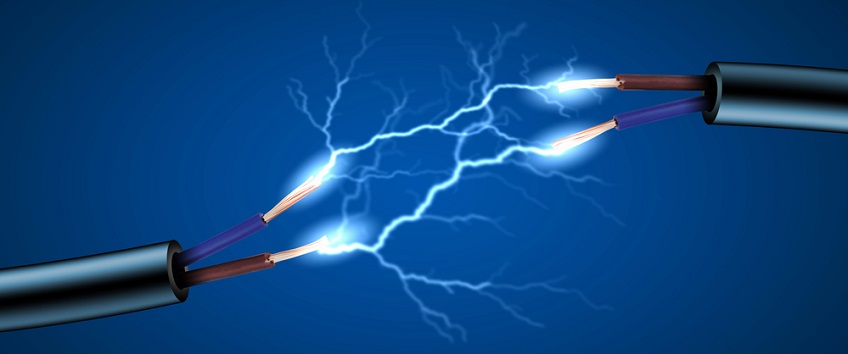While plastics have become an indispensable material in modern society, they are not very useful for certain applications because of how heat doesn't disappate from them easily. However, a group of material scientists have developed a polymer blend that not only exceeds the heat dissipation of other plastics, but is about ten times more efficient than conventional materials like metal and ceramic as well. The project was led by Kevin Pipe of the University of Michigan, and the paper was published in Nature Materials.
Plastics are synthetic polymers that are composed of repeating molecule chains. They are generally more lightweight and resilient than metals and glass, but the molecular arrangement does not allow heat to be removed easily when it is needed, like in automobiles and computers. Previous attempts to make a polymer blend that fits the bill have been adulterated with other materials, which detracts from the appearance and utility of the material.
"Researchers have paid a lot of attention to designing polymers that conduct electricity well for organic LEDs and solar cells, but engineering of thermal properties by molecular design has been largely neglected, even though there are many current and future polymer applications for which heat transfer is important," Pipe said in a press release.
Plastic devices tend to trap heat, which is not desirable for uses like in smartphones. Heat energy needs strong and stable pathways to travel and dissipate, but the connections of most polymer chains tend to be too weak to transfer heat efficiently.
"The polymer chains in most plastics are like spaghetti," Pipe explained. "They're long and don't bind well to each other. When heat is applied to one end of the material, it causes the molecules there to vibrate, but these vibrations, which carry the heat, can't move between the chains well because the chains are so loosely bound together."
Pipe's team manipulated the hydrogen bonding patterns by blending short stands of polyacryloyl piperidine (PAP) with a series of other polymers known to conduct heat well in order to create amorphous polymers. Ultimately, PAP blended with long chains of polyacrylic acid (PAA) produced the strongest result, with hydrogen bonds between 10 to 100 times stronger than traditional plastics. These strong bonds produced a better route for heat transfer.
"We improved those connections so the heat energy can find continuous pathways through the material," co-author Jinsang Kim explained. "There's still a long way to go, but this is a very important step we made to understand how to engineer plastics in this way. Ten times better is still a lot lower heat conductivity than metals, but we've opened the door to continue improving."
It's important to point out the PAP/PAA blend by Pipe's team uses conventional MANUFACTURING techniques. The ability to easily mass-produce the material is integral to facilitating its widespread use. With further development, amorphous polymers like this one could potentially be used to replace metal components in computers, automobiles, and aircraft. This could make the devices more lightweight, and increase efficiency.
techniques. The ability to easily mass-produce the material is integral to facilitating its widespread use. With further development, amorphous polymers like this one could potentially be used to replace metal components in computers, automobiles, and aircraft. This could make the devices more lightweight, and increase efficiency.
 techniques. The ability to easily mass-produce the material is integral to facilitating its widespread use. With further development, amorphous polymers like this one could potentially be used to replace metal components in computers, automobiles, and aircraft. This could make the devices more lightweight, and increase efficiency.
techniques. The ability to easily mass-produce the material is integral to facilitating its widespread use. With further development, amorphous polymers like this one could potentially be used to replace metal components in computers, automobiles, and aircraft. This could make the devices more lightweight, and increase efficiency.

No comments:
Post a Comment